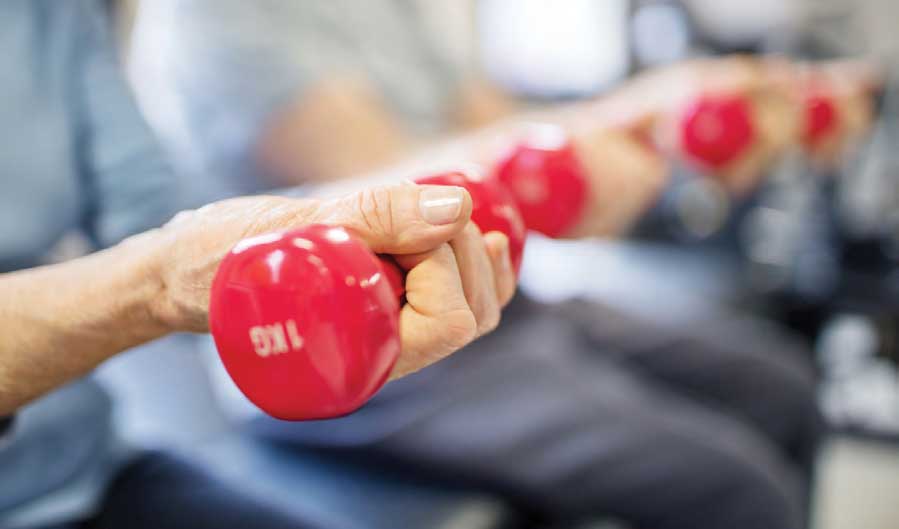
Retired persons may leave their jobs, but they don’t have to leave the things they loved about their work. One thing I love about working is having a routine to get out of the house for a job I love where I feel welcomed and encouraged. Our exercise programs can become a wonderful routine with benefits that improve strength, balance, and endurance. In our classes you are always learning a new skill and experiencing new challenges, some physically demanding and even some mental. It is an opportunity to put out your best effort (whatever that may be). When you finish, you get that feeling of satisfaction that you accomplished something that day. Several residents have picked up new skills learning to use free weights properly and developing routines on the Nu-Step machine and the other weight bearing resistance equipment. In our group classes, you will gain not only strength and improved balance, but also encouragement and a team spirit as you work out together. Put us on your schedule and come to work out with us. The benefits
will profit your health and well-being.
Exercise is a key to a strong and healthy lifestyle boosting energy levels, lifting spirits, improving balance, enhancing immune system and aiding weight loss programs.
It’s Time to Join the Walk About Australia Part 2 Program
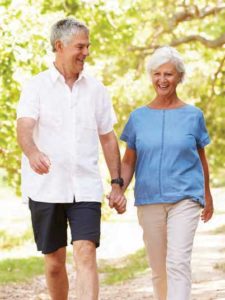
Participants may register in the Oasis or online with Mhand@nullkirbypines.com. The program will run from September 1 through October 31. Every week, we will track how many miles each participant walks, or completes on the Nu-Step, or treadmill. Get credit for 1 mile for each exercise class you participate in. Everyone’s mileage will be kept up individually and as a group total to see how far we can walk; pointing out interesting landmarks along Australia’s coastline which runs for 9395 miles. We have already traveled 3400 miles; that’s over 8 million steps. We’ll send postcards along the way and follow our progress on a map with helpful tips, awards and surprises for everyone along the way. Weekly door prizes and a Grand Prize at the end will be awarded for the most miles. We are dedicating this walk in memory of Gene Wainscott who was one of our biggest supporters. Make plans to join our Walk About Australia Program this fall.

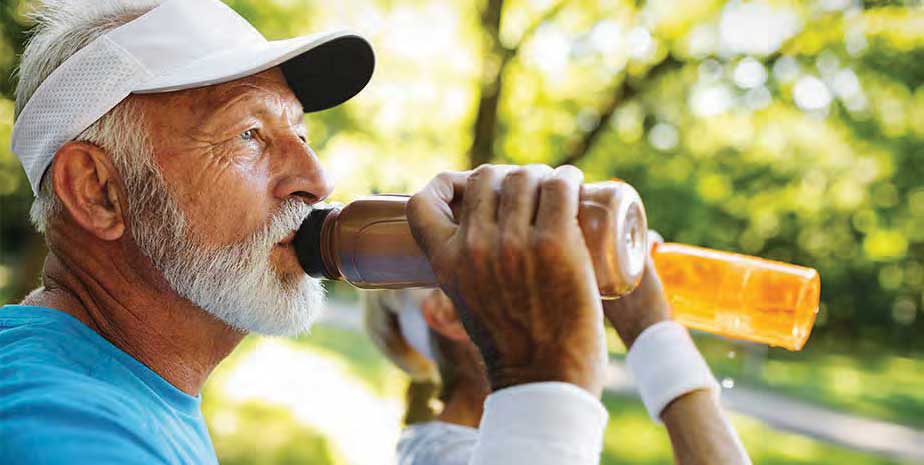
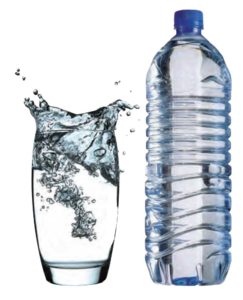
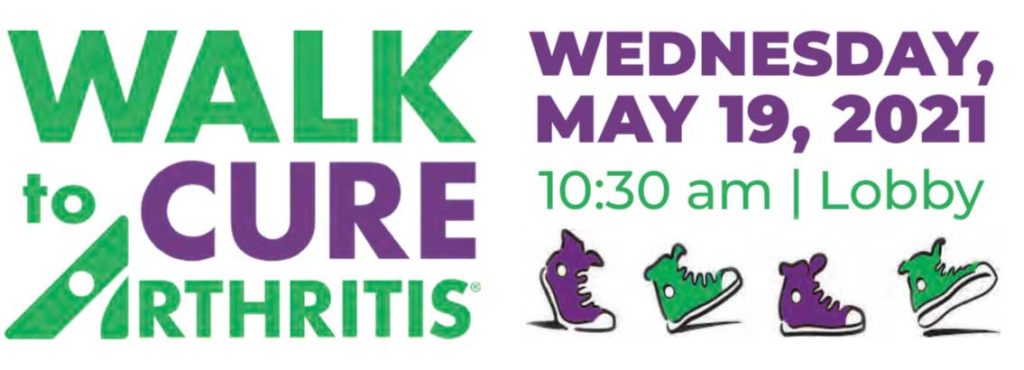
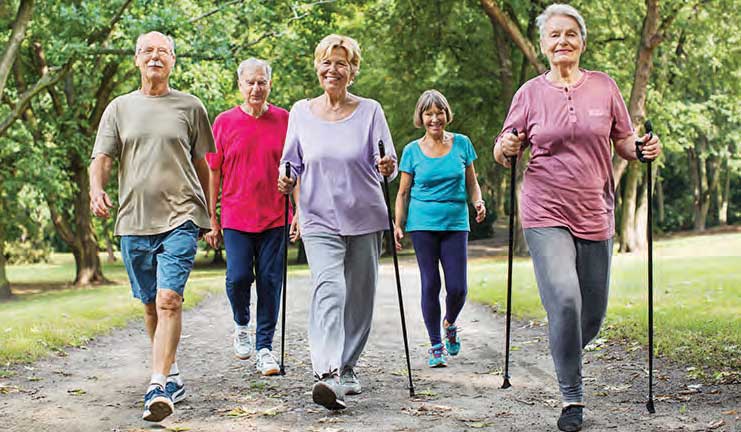
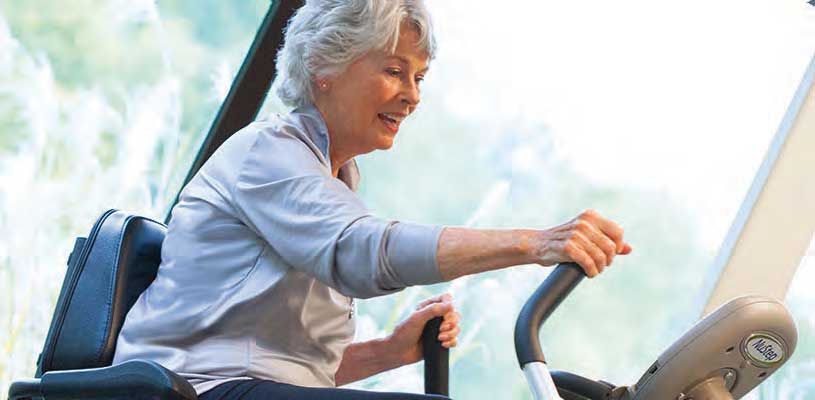
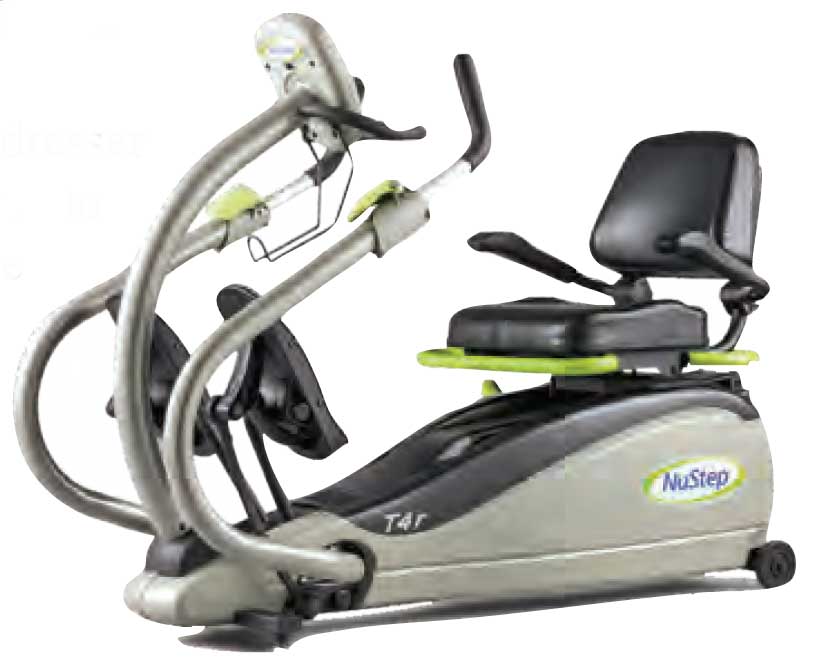
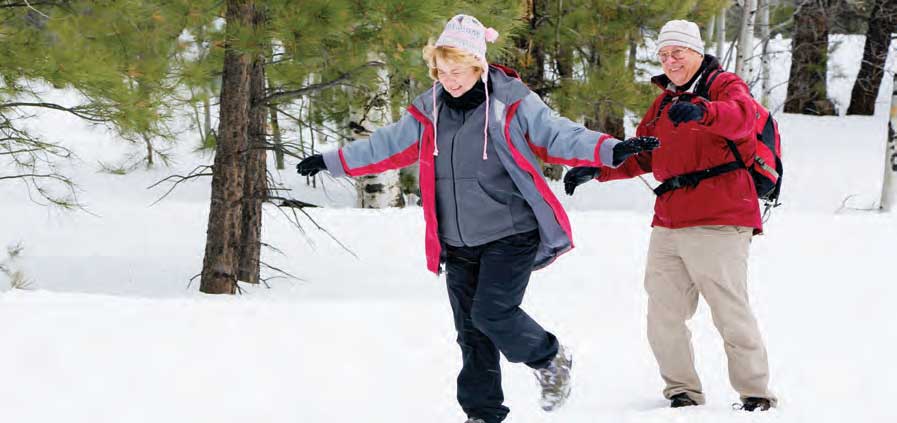
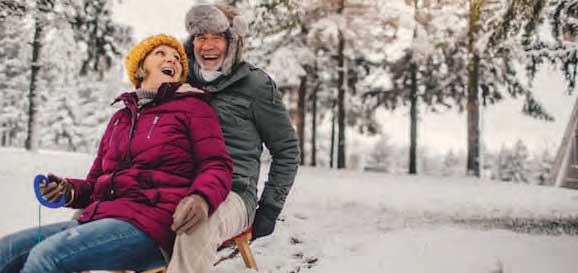

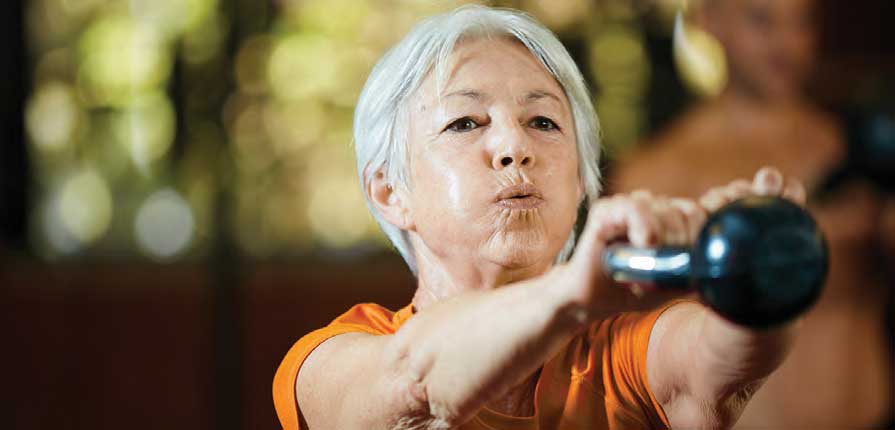
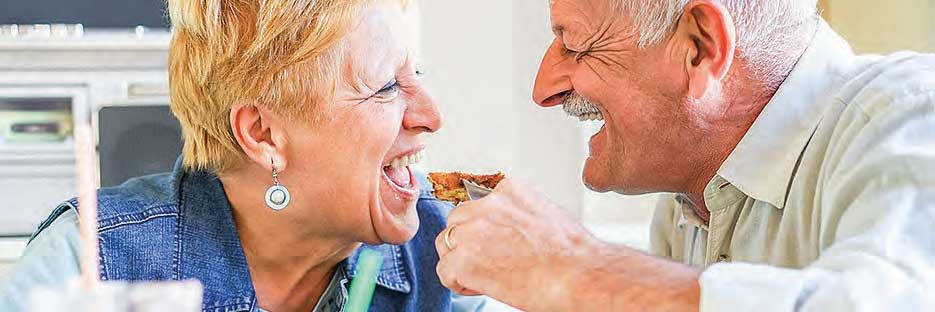

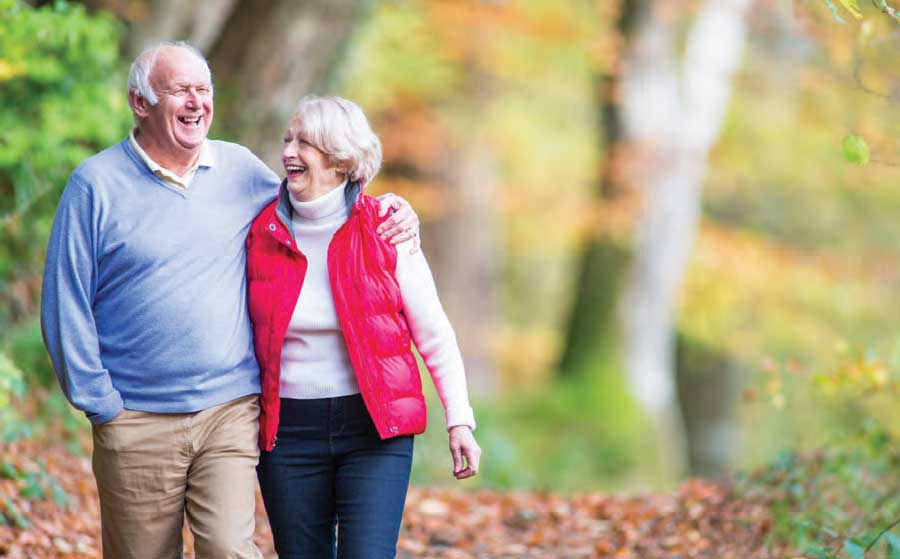
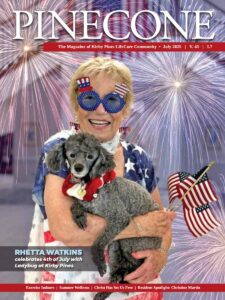

 © 2025 Kirby Pines LifeCare Community. All Rights Reserved |
© 2025 Kirby Pines LifeCare Community. All Rights Reserved | 